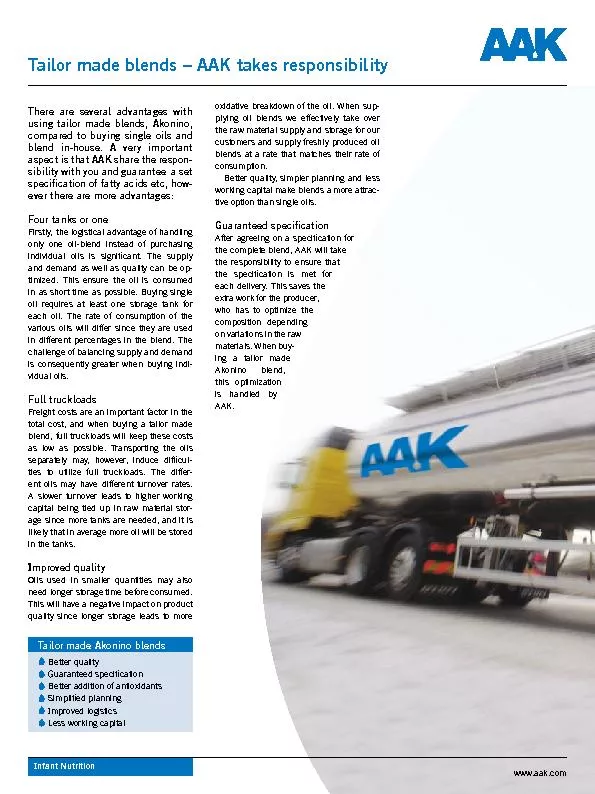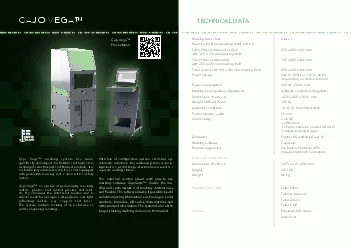PPT-Global vision Tailor-made strategy
Author : joy | Published Date : 2021-01-28
What is the GAFA tax New French law nbr 2019759 of 24 th of July 2019 commonly referred to as GAFA tax GAFA is an acronym for Google Apple Facebook and Amazon
Presentation Embed Code
Download Presentation
Download Presentation The PPT/PDF document "Global vision Tailor-made strategy" is the property of its rightful owner. Permission is granted to download and print the materials on this website for personal, non-commercial use only, and to display it on your personal computer provided you do not modify the materials and that you retain all copyright notices contained in the materials. By downloading content from our website, you accept the terms of this agreement.
Global vision Tailor-made strategy: Transcript
Download Rules Of Document
"Global vision Tailor-made strategy"The content belongs to its owner. You may download and print it for personal use, without modification, and keep all copyright notices. By downloading, you agree to these terms.
Related Documents














